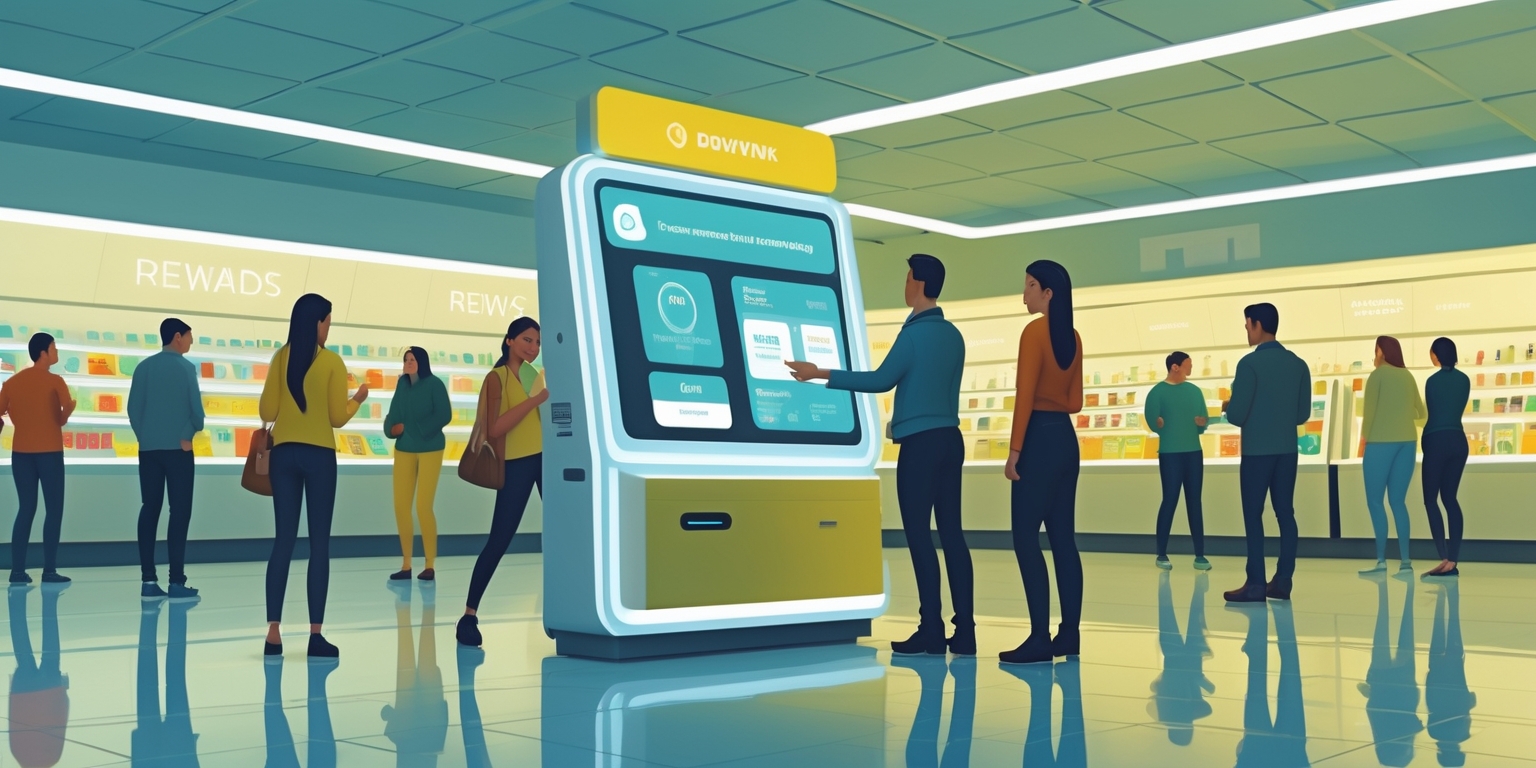Did you know that 37.1% of loyalty program owners are already using AI to manage their programs? And those who do report a 44.9% increase in team productivity! But here’s the thing – I’ve seen too many businesses stick with outdated loyalty programs that feel more like homework than rewards for their customers.
The problem is clear: traditional loyalty programs are boring, impersonal, and often miss the mark completely. Customers want rewards that actually matter to them, not generic offers that end up in their spam folder.
In this post, I’ll show you exactly how to use AI for customer loyalty programs to create experiences that keep customers coming back. You’ll learn practical strategies that top companies are using to boost engagement, reduce churn, and increase customer lifetime value.
Why AI is Revolutionary for Customer Loyalty Programs
The Numbers Don’t Lie
Let me share some eye-opening stats that show why AI is changing the game:
- 39.6% of consumers are more likely to join loyalty programs that feature AI
- 49.4% remain undecided, showing huge potential for growth
- Companies using AI in loyalty programs grow revenues 2.5 times faster than competitors
When I first learned about these numbers, I realized we’re at a turning point. AI isn’t just a nice-to-have feature anymore – it’s becoming essential for competitive loyalty programs.
What Makes AI-Driven Loyalty Programs Different
Traditional loyalty programs treat everyone the same. AI-powered programs treat each customer like an individual. Here’s what that means:
- Personalized rewards based on actual purchase history
- Predictive offers that arrive at the perfect moment
- Real-time adjustments that respond to customer behavior instantly
Key AI Features That Drive Customer Engagement
1. Reward Customization That Actually Works
Here’s something that surprised me: 81.2% of loyalty program members prefer customized rewards. But most programs still offer the same generic discounts to everyone.
AI changes this by analyzing:
- Purchase patterns
- Browsing behavior
- Seasonal preferences
- Product categories customers love most
For example, if AI notices a customer always buys coffee on Monday mornings, it might offer a special Monday morning coffee deal instead of a random 10% off coupon.
2. Gamified Data Collection
I’ve found that 55.1% of customers are more willing to share information through games and quizzes. This is genius because it solves two problems:
- Customers have fun while engaging with your brand
- You get valuable data to improve personalization
AI can create:
- Interactive quizzes that reveal preferences
- Challenges that encourage specific behaviors
- Games that make earning points feel rewarding
3. Family Accounts and Point Pooling
This feature is huge – 76% of customers prefer programs that offer family accounts or point pooling. AI makes this possible by:
- Tracking family purchase patterns
- Suggesting rewards that benefit the whole family
- Managing complex point-sharing rules automatically
Best Practices for AI in Customer Engagement
Start Small and Scale Up
Don’t try to implement everything at once. I recommend this approach:
- Begin with basic personalization – Use AI to segment customers and customize email offers
- Add predictive elements – Implement churn prediction and retention triggers
- Expand to real-time features – Add chatbots and instant personalization
- Scale with advanced analytics – Use AI for complex ROI optimization
Focus on Customer Experience First
Remember that AI should make things better for customers, not just more efficient for you. Always ask:
- Does this AI feature solve a real customer problem?
- Will customers understand and appreciate this personalization?
- Are we being helpful or just showing off our technology?
Monitor and Adjust Continuously
AI systems need ongoing attention. Set up regular reviews to:
- Check prediction accuracy
- Monitor customer satisfaction scores
- Adjust algorithms based on business goals
- Update data sources and integration points
AI is transforming customer loyalty programs from generic point-collection systems into personalized experiences that customers actually value. The statistics are clear – companies using AI grow faster, retain customers better, and build stronger relationships.
The key is to start with your customers’ needs first, then use AI to meet those needs more effectively. Focus on data quality, begin with simple implementations, and scale up as you learn what works best for your audience.
Remember: AI isn’t about replacing human connection – it’s about making those connections more meaningful and timely.
